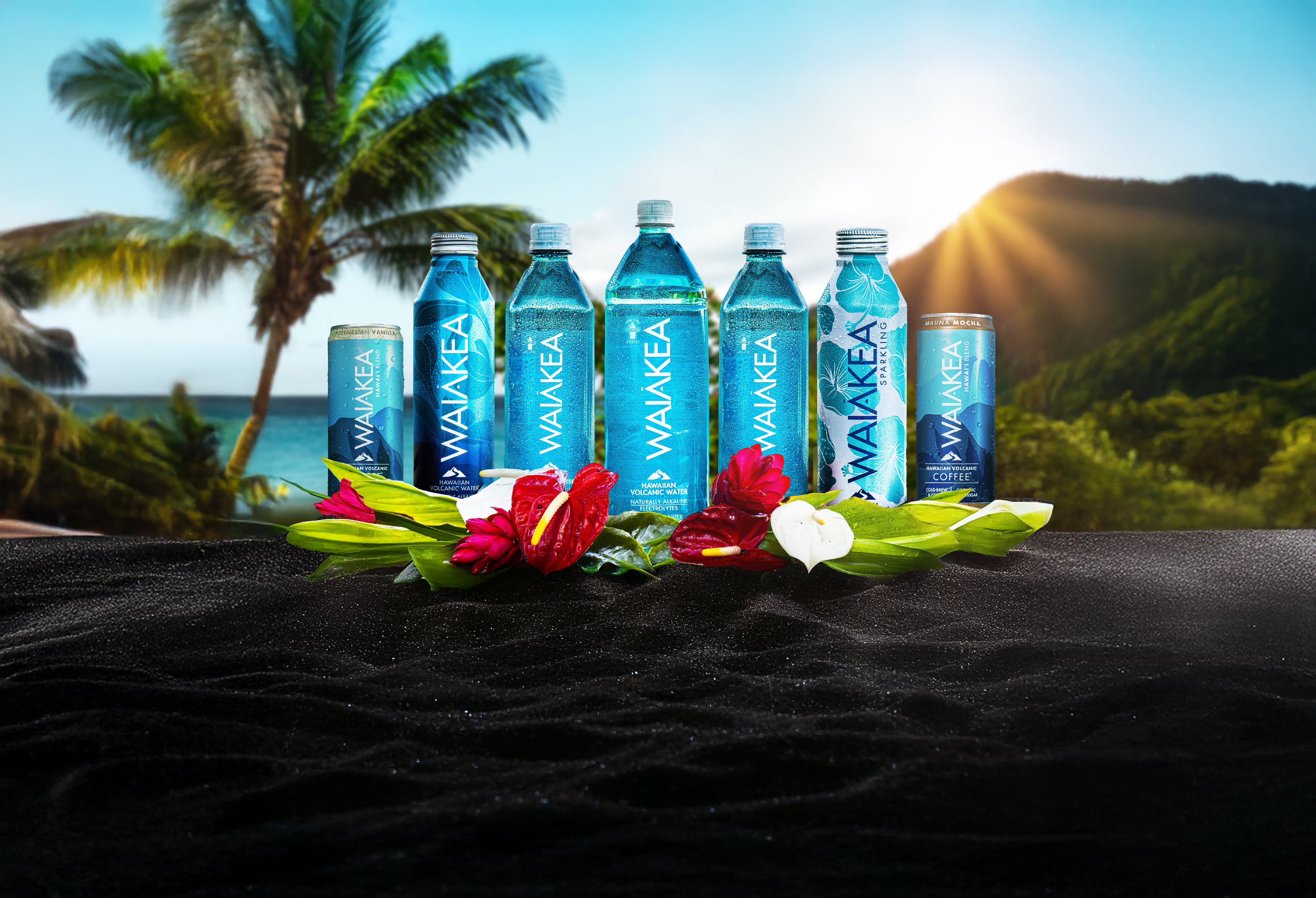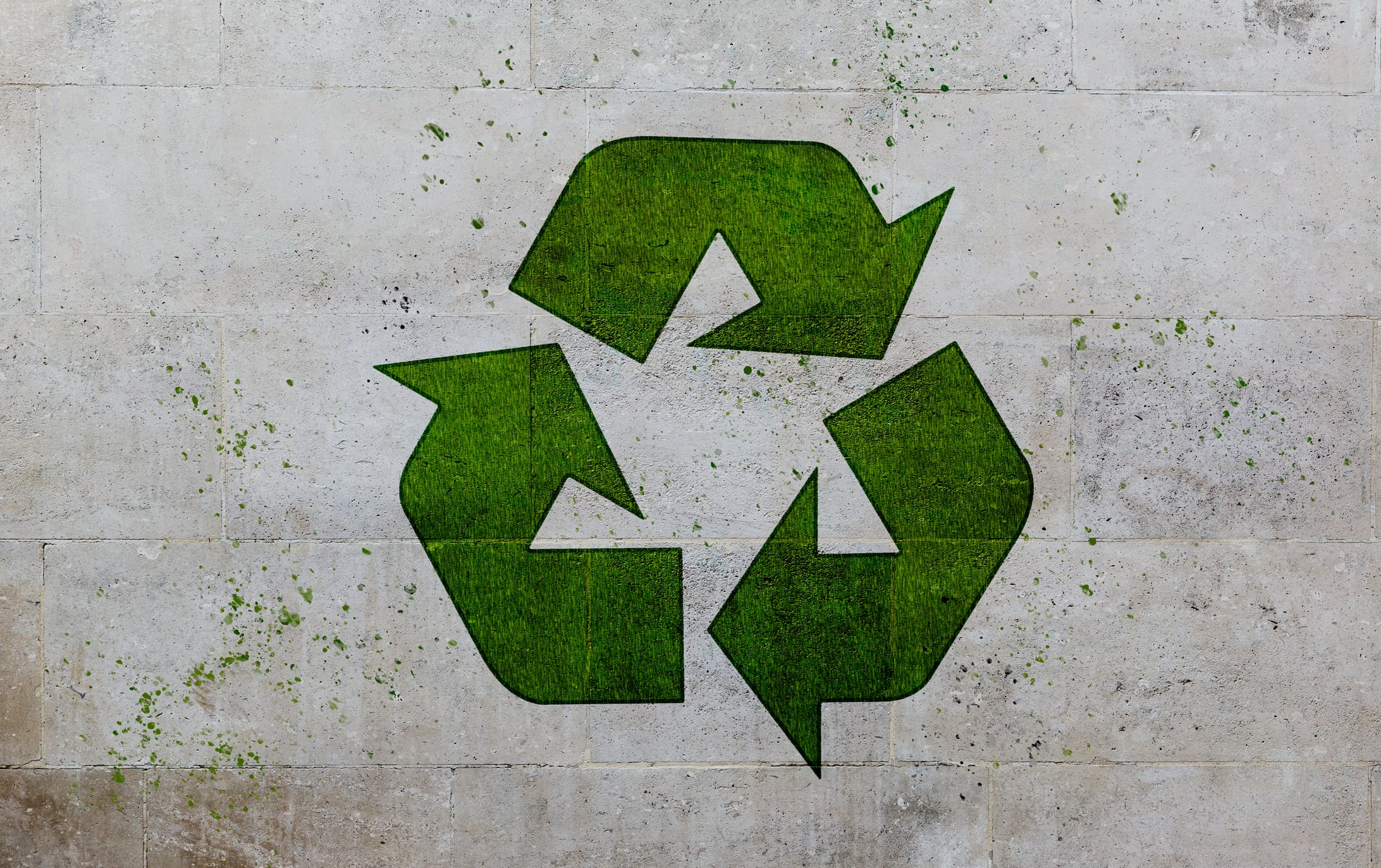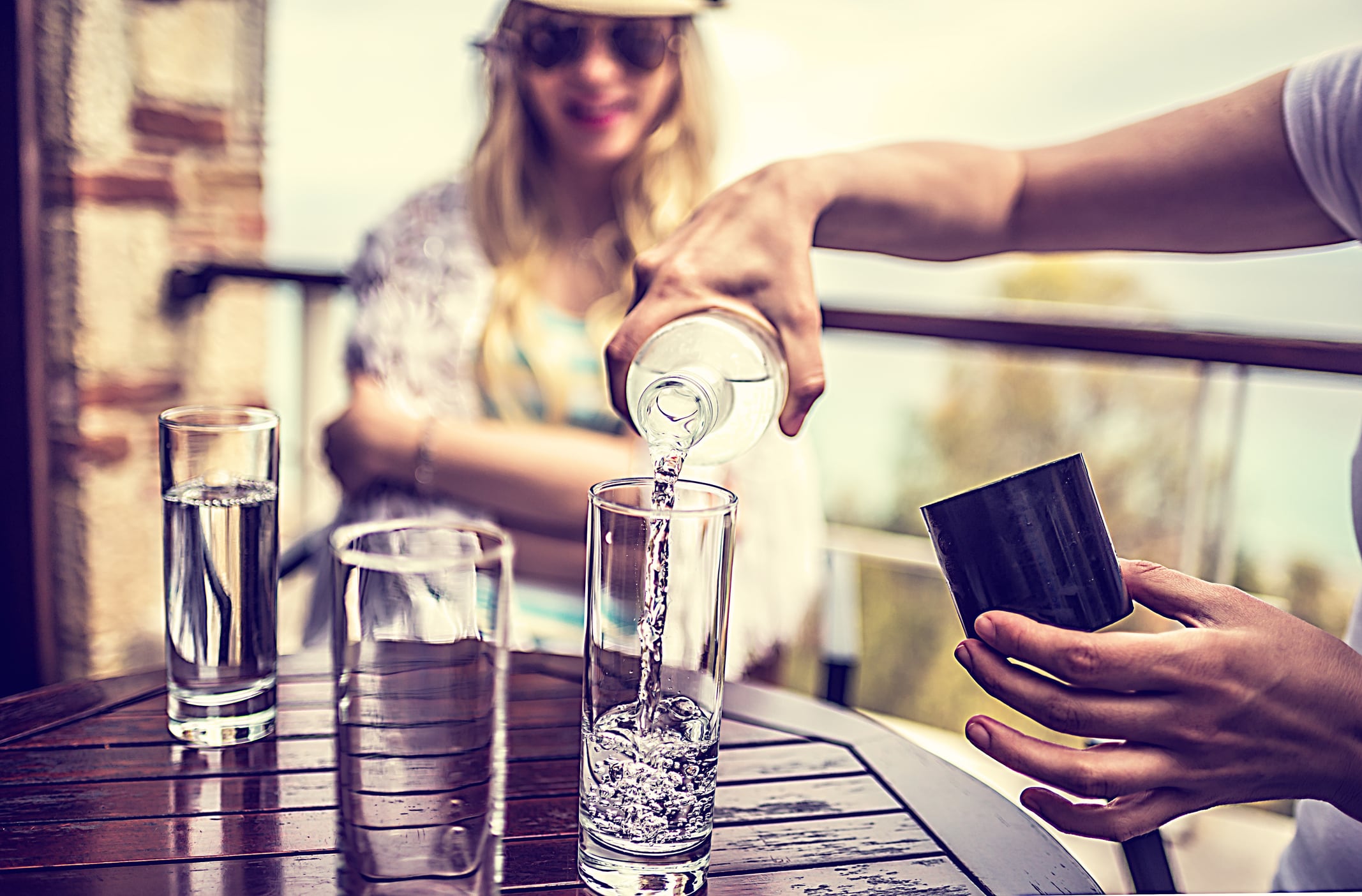Premium water brand Waiākea redefines what climate-smart operations look like in beverage by embedding circular packaging, aquifer stewardship and supply chain accountability into its growth strategy.
For Waiākea, sustainability was the blueprint when the company was founded in 2012 by Ryan Emmons, Alex Preston and Matt Meyer.
“We have reported on impact KPIs and given them the same status as financial KPIs, like revenue, EBITDA, etc, since 2012,” said Emmons, co-founder and CEO. “When you commit to long-term impact goals in the same way you commit to long-term financial goals, and your ethical guardrails are in place with clearly stated core values and brand promises, decisions become pretty darn straightforward.”
The brand offers volcanic water, sparkling water and coffee, with a focus on responsible sourcing, packaging and partnerships, according to Emmons.
Waiākea codified its aquifer stewardship in company bylaws, ensuring extraction always stays within sustainable yield, Emmons said.
Its coffee is sourced from local, family-owned farms in Hawaiʻi, using smokeless roasting technology to reduce greenhouse gases, he added.
What is smokeless roasting technology?
The closed-loop coffee roasting system combines energy-efficient electric or gas power with catalytic converters to cut emissions, remove smoke and purify air.
No CPG company can be fully sustainable, but we think more companies that get past the survival stage need to do more to minimize their impact and accelerate industry change,
Ryan Emmons, co-founder, CEO, Waiākea
For brand partnership, Waiākea works with athletes, like Dallas Maverick’s basketball player Klay Thompson or New York Yankees’ baseball player Aaron Judge. Its collaborations start with the caveat that ambassadors align with company values.
Defining ‘climate-smart’ operations
For Emmons, being a climate-smart company is less about lofty pledges and more about “operational discipline.” That discipline shows up in freight reduction strategies, renewable energy credits and supplier accountability across the value chain.
“No CPG company can be fully sustainable, but we think more companies that get past the survival stage need to do more to minimize their impact and accelerate industry change,” he added.
Climate Smart Food broadcast
Sign-up free to watch the industry-leading Climate Smart Food Broadcast series this month, with big name speakers from Nestlé, Kraft Heinz, Heineken, Mars and many more.
Taking place over three days as follows:
- Smart farming: Now available to view on-demand
- Circular processing: Now available to view on-demand
- Packaging & labelling: September 23
Sign-up for free to hear what some of the food and drink industry's most knowledgeable experts have to say on vital climate topics.
Protecting the source
Sourcing from Mauna Loa volcano gives Waiākea a natural advantage, but it also requires responsibility, Emmons said.
The aquifer replenishes nearly 898 million gallons per day, with rainfall an average of 360 days a year.
“We work with hydrologists to ensure we’re never drawing beyond a fraction of a percent of daily recharge,” Emmons explained.
Rethinking and reducing packaging
Waiākea claims to be the first US beverage company to use 100% rPET bottles and later advanced OceanPlast, made from recovered ocean-bound plastic. To reach this stage in renewable and recyclable plastic, Emmons said the company overcame hurdles surrounding limited supply chain inputs, inconsistent quality and steep costs.
“Scaling required building relationships with suppliers that were investing in the necessary technologies and pushing things forward, and, frankly, absorbing margin hits until the industry caught up,” he said.
Looking forward, Emmons sees redemption programs and extended producer responsibility (EPR) as key to advancing collection and recycled content. He pointed to the need for “educating the public on the pros and cons of all packaging types, pushing the envelope of recycled content across glass and aluminum and innovating with algae-based inks and end-of-life options.”
The B Corp challenge
Waiākea’s B Corp journey highlights supply chain gaps many brands face.
“The most challenging parts of the B Corp assessment were around measuring indirect impact across our supply chain. It forced us to formalize practices we were already doing, but not formally documenting,” Emmons said.
Now, the company is targeting continuous improvement through higher community impact scores and deeper supply chain audits.
Balancing growth and carbon
Scaling distribution inevitably increases emissions, but Waiākea is taking a layered approach to reducing its impact, according to Emmons.
On the mainland, it focuses on backhaul routes to offset Hawai‘i’s import-export imbalance and deploy “no empty miles” trucking through a transportation management system, he said. Carbon offset projects tied to regenerative agriculture add another layer.
Still, Emmons is pragmatic about reducing emissions: “The reality is that if we are successful in getting the industry to implement some of these things, especially to commit to our use of 100% post-recycled content packaging with exponentially lower GHG emissions, energy usage and water usage, that will hands down be our biggest legacy and the biggest impact.”
The Kōkua Initiative
To date, Waiākea’s Kōkua Initiative has reached more than half a million lives by prioritizing local collaboration with agriculture and community stakeholders.
“We partner where we can be additive, not prescriptive,” Emmons said. “We listen first – to schools, nonprofits and local leaders – then co-design programs.”
Upcoming projects expand into climate resilience, including SeaTrees, invasive species removal and replanting native Hawaiian trees. On the education side, Waiākea is tackling literacy gaps with long-term programs to reverse decline in Hawai‘i schools, Emmons added.



